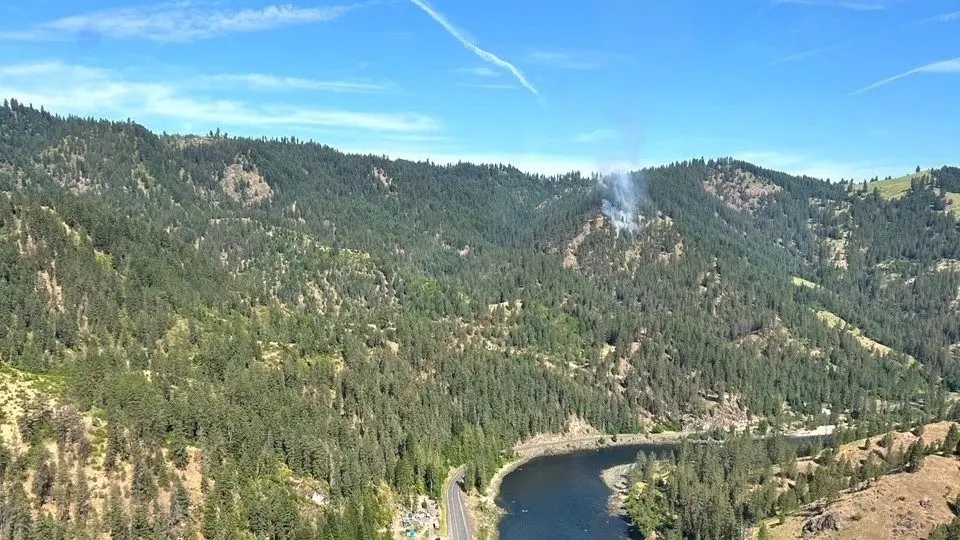(MOSCOW, ID) — While working under Erika Rader, an assistant professor in the Department of Earth and Spatial Sciences at University of Idaho, a postdoctoral researcher identified a volcanic vent on Mars as a potential spatter cone and compared it to a spatter cone formed during the 2021 eruption of Fagradalsfjall in Iceland.
Through a detailed morphological investigation and ballistic modeling, Ian T.W. Flynn discovered the Martian volcanic feature strongly resembles spatter cones found on Earth.
“Spatter cones are so common on Earth that it seemed extremely unlikely that they simply didn’t exist on Mars,” Rader said. “Since spatter cones can only form in the right conditions, their presence gives us a benchmark to shoot for when simulating Martian volcanoes.”
Spatter cones are created by hot lumps of flying lava falling to the surface during explosive volcanic eruptions, specifically during sustained periods of lava fountaining. They are found in many places on Earth — including in Idaho, most notably at Craters of the Moon National Monument and Preserve — and have long been suspected to be on Mars as well. However, until now, there wasn’t solid evidence of their existence.
“The similarity between the Mars and Icelandic spatter cones indicates that the eruption dynamics occurring in Iceland, over the last several years, also occurred on Mars,” Flynn said. “This is exciting as it expands the range of volcanic eruption styles possible on Mars.”
This discovery can give us clues about how volcanic eruptions happened on Mars, specifically regarding the gases in the magma and the environmental conditions at the time the eruption occurred. It’s also further confirmation that Icelandic — and Idahoan — volcanoes are erupting now the way volcanoes erupted millions of years ago on Mars.
“We are thrilled about this discovery because it fills a distinct observational gap in Martian volcanology, and it lays the groundwork for future investigations of spatter features on Mars,” Flynn said.
Flynn is now a research assistant professor at University of Pittsburgh, but he still collaborates with Rader.




